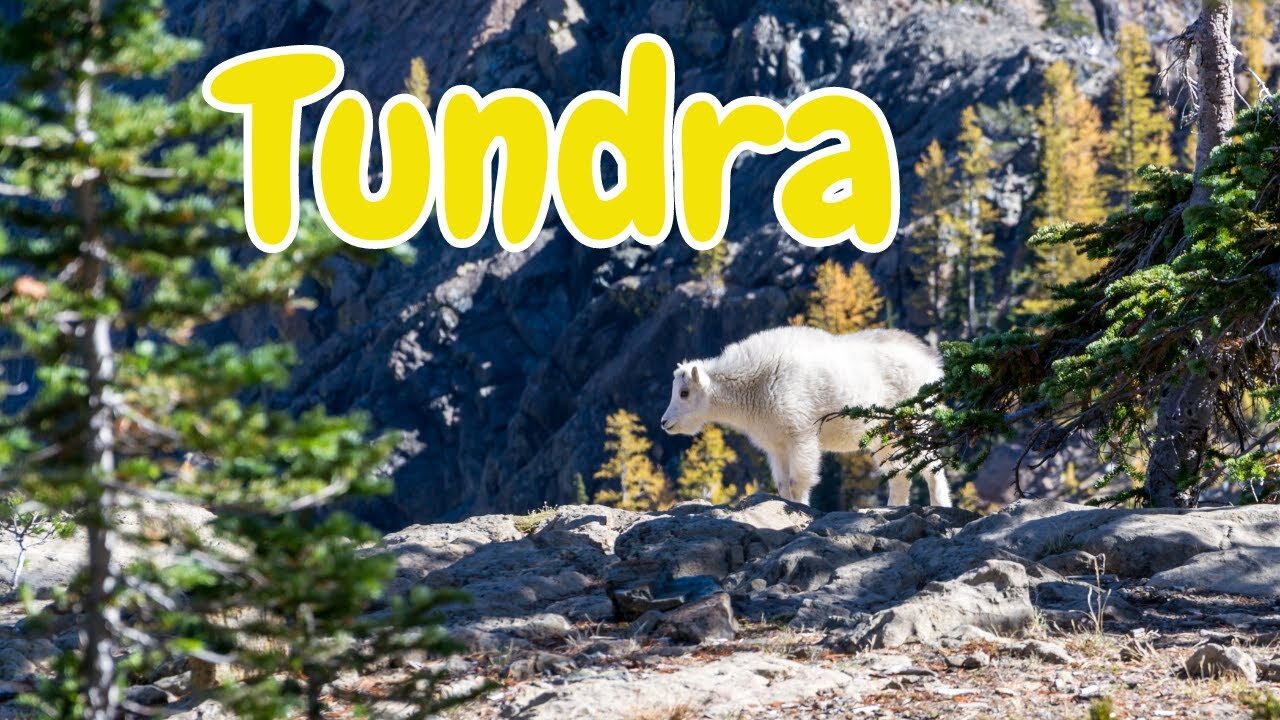Premium Only Content

Tundra Antarctic, alpine, and arctic, The treeless mountain tract
The tundra is an expansive, stark landscape characterized by its treeless plains, low temperatures, and unique vegetation adapted to harsh conditions. It's found in several regions across the globe, including the Arctic, Antarctic, and high-altitude alpine areas.
In the Arctic, the tundra spans across northern parts of North America, Europe, and Asia. It's a vast expanse of frozen land with a short growing season, where the topsoil thaws in summer, allowing mosses, lichens, grasses, and hardy shrubs to flourish. The landscape is dotted with lakes, rivers, and bogs, and it's home to iconic animals like caribou, musk oxen, Arctic foxes, and polar bears.
The Antarctic tundra, on the other hand, encompasses the fringes of the continent surrounding the South Pole. It's an extreme environment with incredibly low temperatures, high winds, and very little precipitation. Here, only mosses, lichens, and a few hardy plants survive, adapted to the challenging conditions. Wildlife, like penguins and seals, primarily inhabit the coastal areas, relying on the ocean for their sustenance.
Alpine tundra exists in mountainous regions worldwide, often at high altitudes where temperatures are cooler. These areas possess unique ecosystems with tough, low-growing vegetation adapted to rocky, thin soils and rapid temperature changes. Alpine tundra supports diverse fauna, including mountain goats, marmots, and various bird species, each adapted to survive in these challenging environments.
Tags:
TundraEcology
ArcticWildlife
AntarcticEcosystem
AlpineTundraFlora
ExtremeEnvironments
ColdClimateAdaptations
HighAltitudeLife
PermafrostLandscape
-
 UPCOMING
UPCOMING
Game On!
12 hours agoTom Brady approves of President Trump calling out Governors wanting men in women's sports!
245 -
 2:04:30
2:04:30
TimcastIRL
11 hours agoEpstein Files Release IMMINENT, Trump AG Says The List Is ON HER DESK w/ Will Chamberlain
166K295 -
 1:25:35
1:25:35
Roseanne Barr
17 hours ago $50.81 earnedKash Me Outside, Pedos | The Roseanne Barr Podcast #88
97.6K88 -
 1:21:55
1:21:55
Kim Iversen
13 hours agoMultiple States To BAN mRNA Vaccines | They Want to Make Protesting Illegal, Here's How
71.8K98 -
 7:34:25
7:34:25
Dr Disrespect
19 hours ago🔴LIVE - DR DISRESPECT - WARZONE - IMPOSSIBLE TRIPLE THREAT CHALLENGE
207K31 -
 1:02:45
1:02:45
Tundra Tactical
10 hours ago $24.61 earned🛑 KASH PATEL NEW ATF DIRECTOR??? Breaking News!!!! 🛑
71.9K10 -
 4:31:10
4:31:10
I_Came_With_Fire_Podcast
20 hours agoMy EURO Divorce | HOGG with a side of PAC | Foreign FUNDS Fudged
42.3K2 -
 37:44
37:44
Glenn Greenwald
16 hours agoGlenn On Tearing Down the Military Industrial Complex, Exposing Pro-Israel Indoctrination, and More | SYSTEM UPDATE #411
119K134 -
 4:04:20
4:04:20
Nerdrotic
16 hours ago $52.86 earnedAmazon Takes 007! Hollywood is Lost, Disney Cancels WHO? | Friday Night Tights 342 /w ItsAGundam
180K49 -
 43:27
43:27
Tucker Carlson
15 hours agoRay Dalio: America’s Hidden Civil War, and the Race to Beat China in Tech, Economics, and Academia
174K192